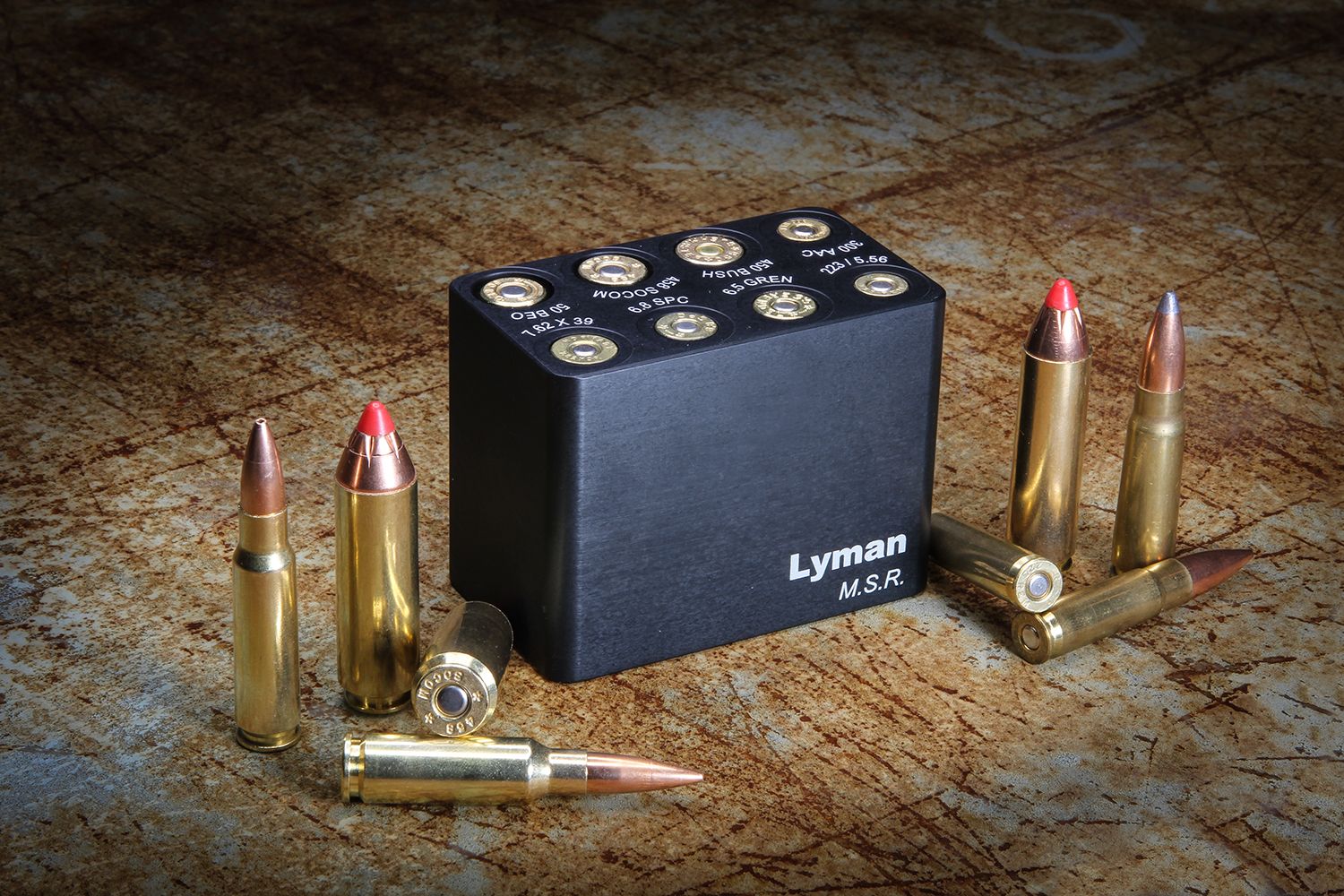Excaliber wrote: ↑Sat May 13, 2023 9:34 am
The best policy is to drop each cartridge you plan to carry for defensive use into a cartridge gauge block like the ones Lyman makes to make sure they'll feed when you need them.
This.

It takes a minute, but I also like to drop range ammo in there, as well. Not infallible, but it's an easy way to see at a glance if something is off spec, and in the long run it's an inexpensive option.
I have three of the Lyman blocks that Excaliber mentioned. These are chunks of aluminum machined to the SAAMI minimum chamber specifications for each caliber. It's faster to do the check if you have a single block per caliber, but that's also more expensive and not as easy to drop into a range bag. I have one for pistol calibers (including .380 ACP, 9x19, 40 S&W, and .45 ACP plus 4 others that I don't shoot); one for rifle rounds that includes .223, 6.5 Grendel, 7.62x39, and 300 Blackout plus 4 others; and one for 6 different rifle rounds including .243, .270 Winchester, 30-30, .308, 30-06, and .300WSM. From memory, these ran around $40 each a few years ago. I bought mine from Midway.
Ammo prices slowed my amount of shooting and purchasing
way down, but if I were to turn the clock back 10 years I'd have been better off buying a few single-caliber blocks to save time. If you buy a case of something and want to check every round, it definitely takes a while to drop them into a multi-caliber block one round at a time. But these little machined blocks are a great idea and require no other tools to check the OAL and case width.

